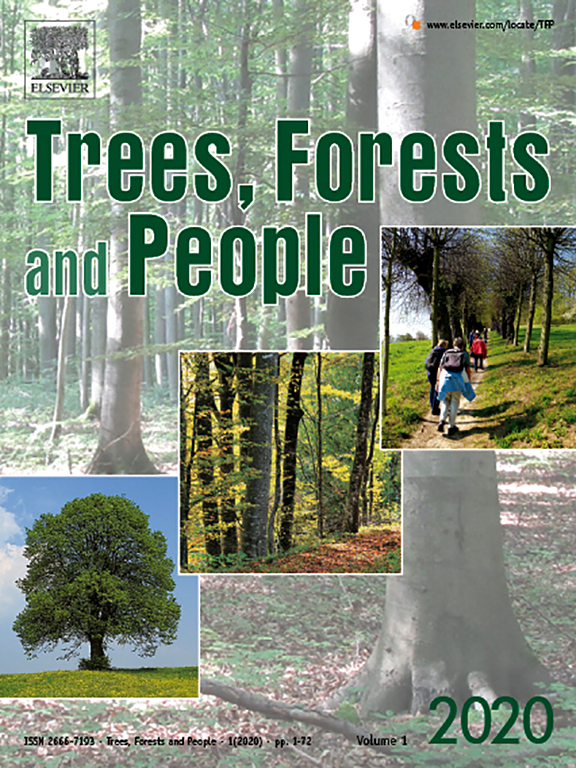There is increasing consensus over the inclusion of smallholder farmers in REDD + (Reduced Emissions through reduced Deforestation and Degradation) initiatives, expected to be one essential component within the new set of "Flexible Mechanisms" in the post-Kyoto Climate Change Agreement. However, with few long-term REDD + pilot projects implemented with smallholders, this paper attempts to anticipate potential synergies and constraints of such initiatives from smallholders' point of view by developing a framework to examine the capacities of two rural communities in Cameroon as a case study. Smallholder experiences with REDD + pilots and their predecessors such as integrated conservation and development projects (ICDPs), Payments for Environmental Services (PES) and the Clean Development Mechanism's Afforestation/Reforestation Projects (CDM AR), are outlined in order to highlight local-level REDD + project requirements. This paper assesses the capacity for smallholders in the South and Centre Provinces of Cameroon to respond to these requirements through data collected from individual and small-group key informant interviews. The two case study communities possess similar but different livelihood capitals regarding proximities to market, forest cover, livelihood strategies and access to extension services. For both villages smallholder capacity for future REDD + project adoption was found to require reinforcement to guarantee local feasibility of REDD + projects. Possibilities to encourage already in use agroforestry systems under a REDD + scheme are discussed. From these results, we outline recommendations, areas of concern and key targets for capacity building for future REDD + initiatives with smallholders in rural Africa.
DOI:
https://doi.org/10.1016/j.forpol.2013.06.018
Dimensions Nombre de citations:


















